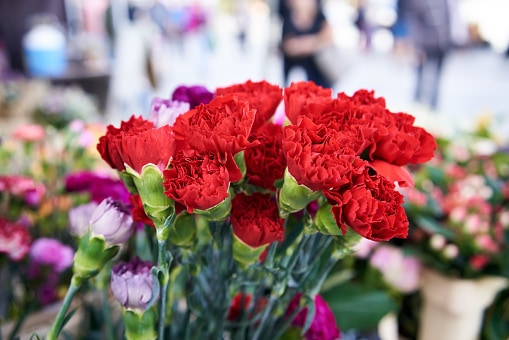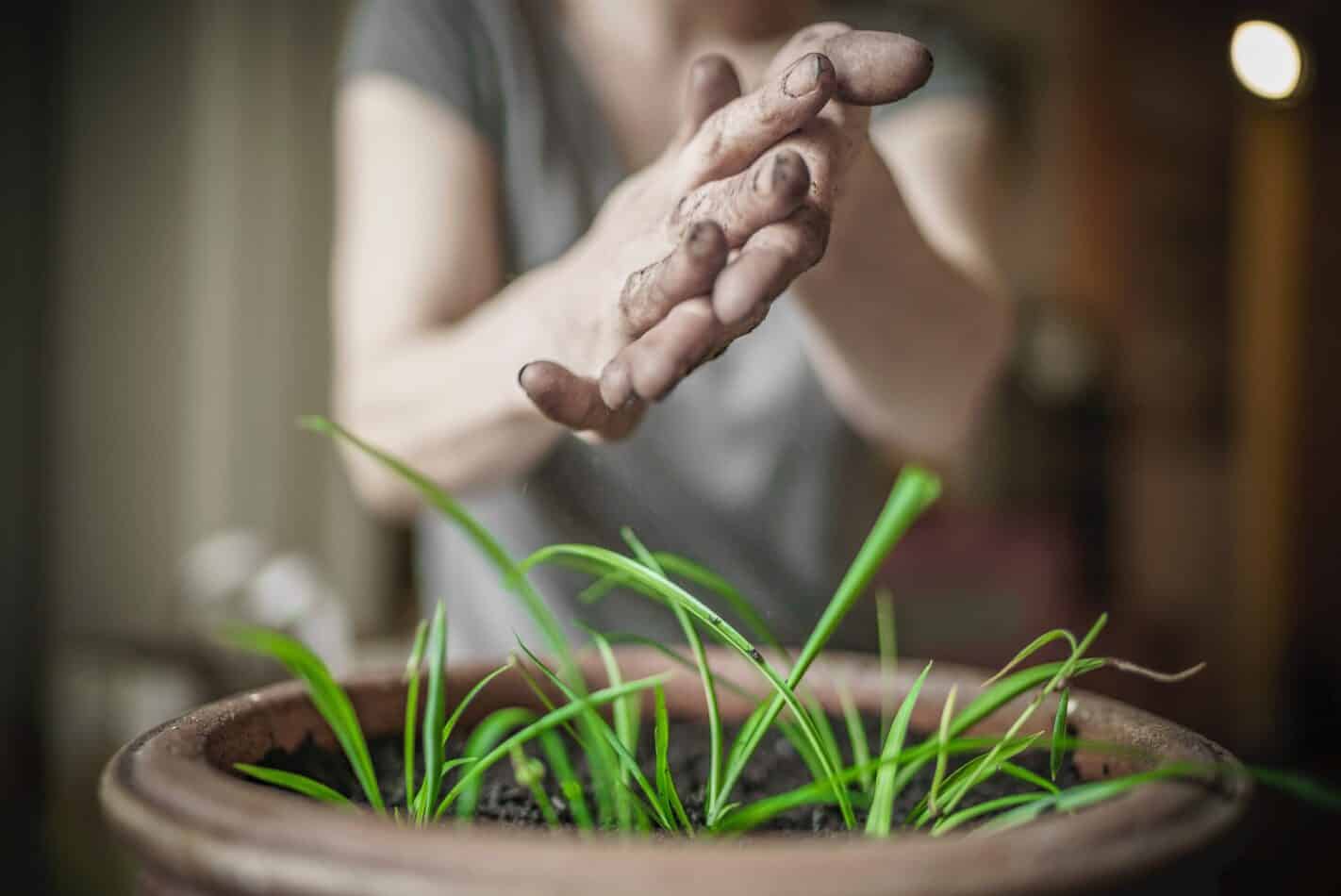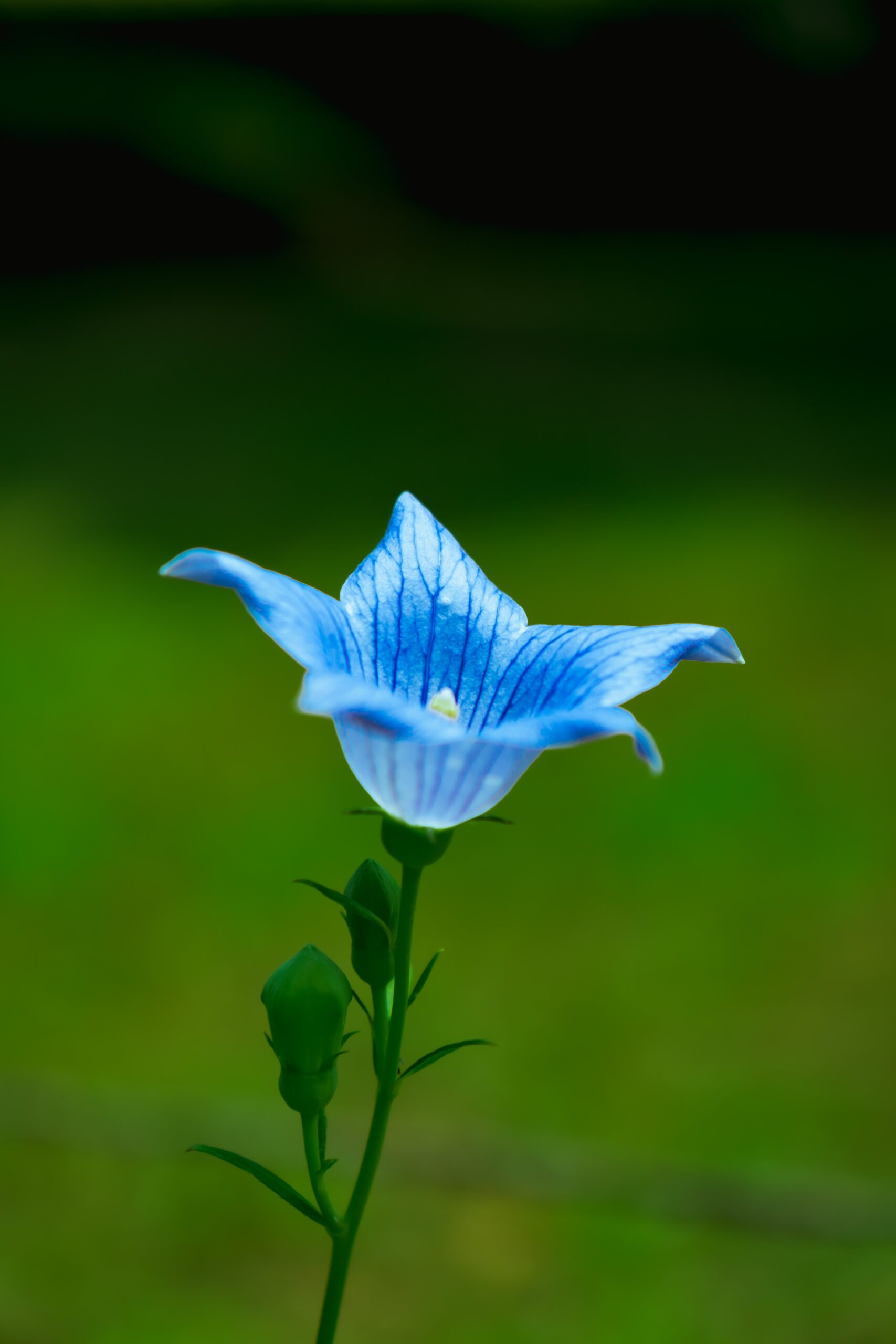Matthiola incana, commonly known as gillyflower, is a short-lived perennial belonging to the Brassicaceae family, along with cabbages, kale, and other well-known garden plants. With this addition, the family’s varied color palette and plant personality range get even more interesting, thanks to gillyflower’s showy, upright clusters of highly fragrant, vibrant blossoms.
Description
While fleeting, these flowers last for a certain period of time, displaying protruding heads of a number of charming colors, including white, cream, pink, and purple. This fragrant beauty is among florists’ favorites, thanks to the appealing scent and tall appearance.
Etymology
Matthiola incana is a perennial species of flowering plant, which is also known by the common names gillyflower, stock, and virgin stock. The genus name Matthiola originates from the Latin for “great scent,” while the species name incana means “grayish-white” and refers to the slightly silver-gray foliage on the plant. Other common names for gillyflower include “old maid flower”, “winter stock”, and “Virginia stock.”
Meaning and Symbolism
Gillyflower is a symbol of enduring love and romantic bond. Its bright color and pleasant fragrance are an allusion to buoyant and strong feelings of love. In the Victorian language of flowers, gillyflower conveyed the message, “You will always be beautiful in my eyes.” Gillyflowers were often given to express one’s unyielding and devoted love and affection.
History, Mythology, and Religious Significance
Gillyflower has a long history in both herbology and literature. Garlands of gillyflowers were worn by courtiers in the sixteenth century, and the herb has been claimed to ward off witches, devils, and bad dreams. In the Greek and Roman eras, gillyflower was said to bear resemblance to the male genitalia, and was consequently used to represent fertility. In Freemasonry, gillyflowers are used as an emblem of Beauty, Strength, and Fecundity. In the Bible, gillyflowers have been used as a symbol of God’s divine presence.
Flower Varieties and Their Defining Characteristics
There are various species and varieties of Matthiola incana and each of them has unique and distinct characteristics.
- The Gillyflower Red variety can reach up to 16 inches in height, with lance-shaped, dark green foliage. It has deep-red flowers which have a thick, waxy texture and a diamante center.
- The Gillyflower White variety has creamy white blooms with a central disc of diamond-shaped white petals, and the flowers grow to around 8-10 inches in height.
- The Gillyflower Purple or Double Blue variety is a dwarf plant, and is one of the most popular varieties of gillyflower. It has double flowers with shades of violet-blue and lavender and grows to around 8-10 inches, with a low, bushy growth habit.
- The Gillyflower Salmon Orange variety, known as the Rosamund, is an older variety that produces salmon-orange blooms, making it a striking and attractive flower.
Planting and Growing
Gillyflower will thrive best planted in well-draining, soils rich in organic matter, in a sunny spot in the garden or indoors. In the garden, you can start the gillyflower from seed planted about ¼ inch deep, 1 to 2 inches apart. When planting indoors, choose a spot with sufficient natural light. Water from a bottle or sprinkler can, making sure to keep the soil evenly moist. Make sure the pot has diseases like powdery mildew, leaf spot, and botrytis blight can also occur. These fungal diseases can cause leaf and stem damage, and can even kill the plant if left untreated.
Prevention is key when it comes to pest and disease control. You can encourage natural predators like ladybugs and lacewings to control aphids and other pests. Good air circulation and proper watering techniques can help prevent fungal diseases.
If pest or disease problems do occur, organic or chemical treatments can be used to control the problem.
Uses
Gillyflowers have been used for a variety of purposes over the centuries. They have been used in cooking, perfumes, and as ornamental plants.
In cooking, the flowers and young leaves of gillyflowers can be used in salads or as a garnish for dishes. They have a slightly sweet and spicy flavor.
In perfumery, gillyflowers have been used as a base for scents due to their strong and appealing fragrance.
As ornamental plants, gillyflowers are commonly used in gardens and as cut flowers. They are especially popular in winter and early spring, when they provide a pop of color and fragrance in otherwise drab surroundings.
Whether you’re planting them in your garden, using them in cooking or perfumery, or simply admiring them as cut flowers, gillyflowers are a beautiful and fragrant addition to any setting.
Fact Sheet
| Gillyflower | Matthiola incana |
|---|---|
| Family | Brassicaceae |
| Plant Type | Perennial |
| Mature Size | Up to 16 inches tall |
| Sun Exposure | Full sun to partial shade |
| Soil Type | Well-draining, rich in organic matter |
| Soil pH | 6.6 – 7.5 |
| Bloom Time | Spring to summer |
| Flower Color | White, cream, pink, purple |
| Hardiness Zones | 4-7 |
| Native Area | Mediterranean region |
What we love from Amazon this week
Buy these wonderful flowers directly from Amazon:















